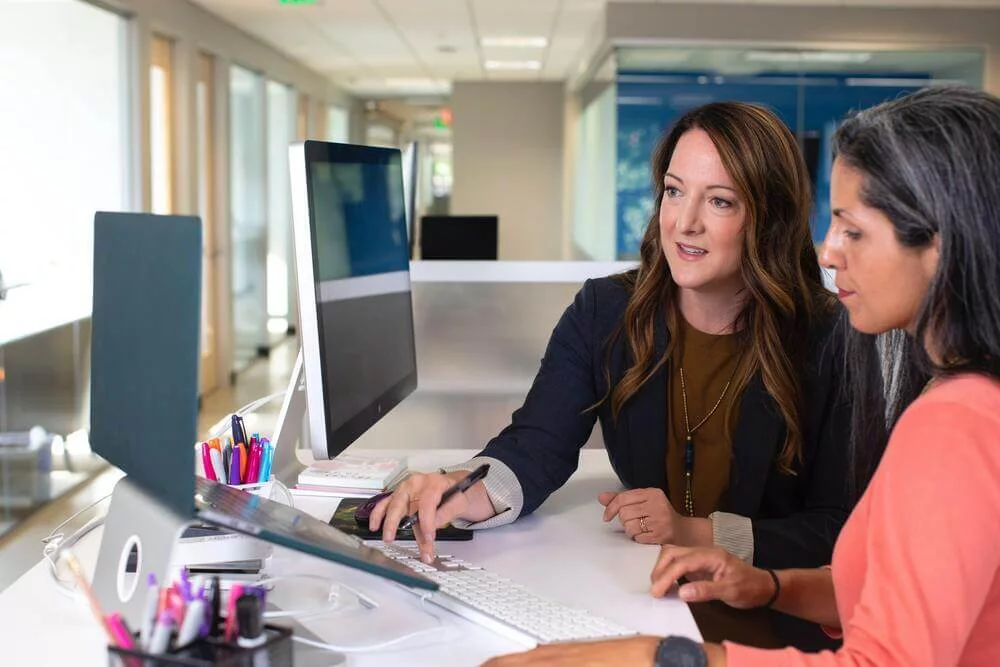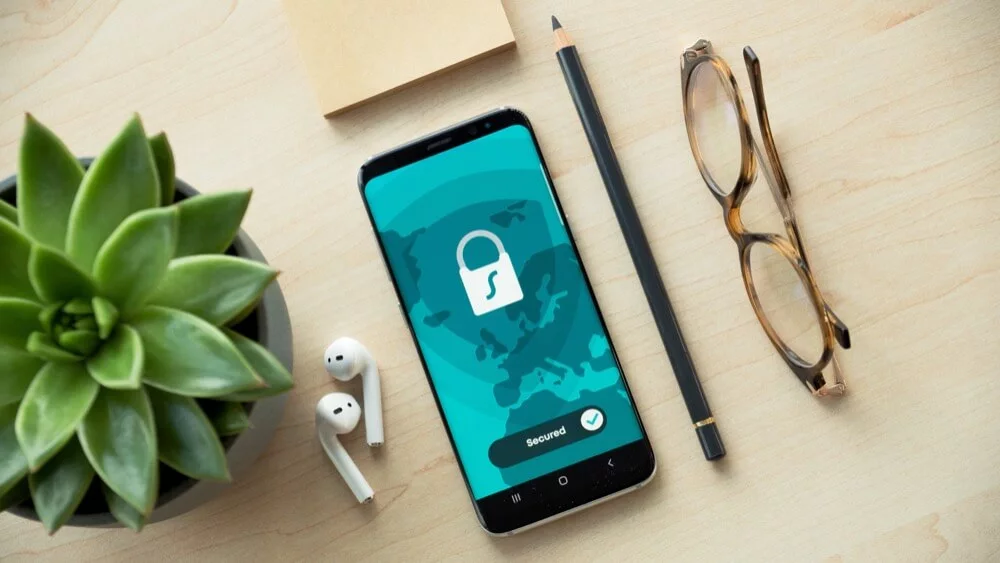
Online meetings can generally be termed as virtual meetings based on a specific aim, without considering national and international boundaries.
Continue reading “Pros and cons of the online meetings”In the digital transformation era, online meetings and virtual events have become a mainstay in our daily interactions. As remote work and digital collaboration gain traction, mastering the art of conducting successful online conferences and events is more critical than ever. This section contains valuable tips and guidance for organizing impactful virtual gatherings, including webinars, discussions, and online events. Learn how to prepare and orchestrate these meetings, from selecting the ideal platform and tools to crafting an engaging agenda that resonates with your audience.
Additionally, this category delves into using virtual meetings and events as powerful marketing tools to advertise and enhance your brand and expand your business reach. Discover how to captivate a broader audience, fortify your brand identity, and position yourself as a thought leader in your field. The insights offered here will also guide you in maximizing the effectiveness of your virtual engagements. From designing compelling presentations to facilitating interactive Q&A sessions, these strategies are designed to maintain audience interest and ensure active participation throughout your event. Ideal for business owners, marketers, and team leaders, this section provides everything you need for successful, engaging, and productive online meetings and events, helping you achieve your goals in the modern digital landscape.

Online meetings can generally be termed as virtual meetings based on a specific aim, without considering national and international boundaries.
Continue reading “Pros and cons of the online meetings”
Hosting virtual events became a necessity rather than a choice with the beginning of the global pandemic.
Continue reading “Smarter business through interactivity”
Every business project begins with a thorough plan. To create this framework, working with educated and proficient people are essential.
Continue reading “Digital meetings, real savings”
As remote work continues to grow, webinars have become one of the most common tools for internal training.
Continue reading “Train smarter with webinars”
2020 and the Covid-19 pandemic have highlighted the need to embrace the internet. You can teach and learn a lot without leaving your couch or desk.
Continue reading “Webinar marketing trends”
In the age of remote work, online security threats will be at an all-time high. Businesses of all sizes must know that moving to a more digital workplace will add risks.
Continue reading “Secure meetings for business”
Different online meetings pursue different purposes. Your audience may be just a few people, but it may consist of hundreds of people.
Continue reading “Best online meeting tools”
Pitching to potential investors is one of the most important things you can do as an entrepreneur. It’s a way of getting people to believe in you and your product.
Continue reading “Nail your online pitch”
With the advent of increasingly virtual workspaces, taking advantage of them is becoming increasingly important.
Continue reading “Boost event attendance”
Video Marketing is the type of marketing you cannot ignore in this era. Below is a thought-provoking fact about online explainer videos.
Continue reading “Anatomy of a winning explainer video”Posts navigation
Proudly crafted and hosted in the EU since 2013